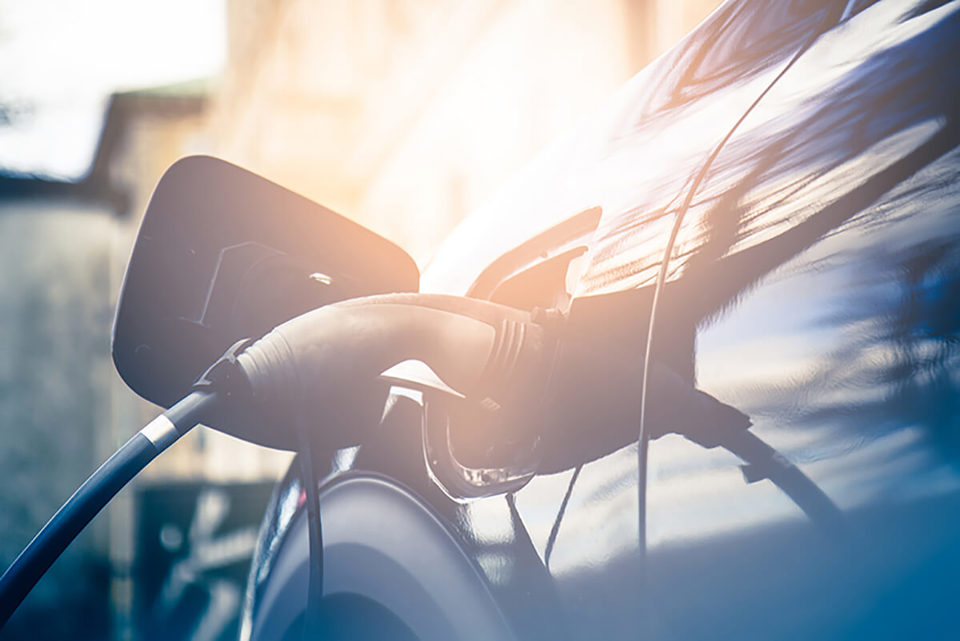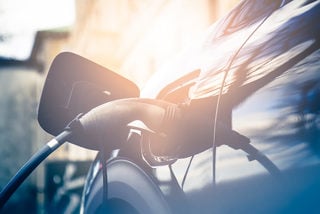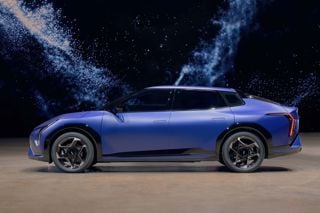Fleet decision-makers need to prepare for “dramatic changes” caused by a rapid shift to new technologies, including electric vehicles (EVs), experts have warned.
A shift to a so-called ‘ACES’ fleet (autonomous, connected, electric, shareable) will require expert management, particularly in terms of retraining employees to use new vehicles safely and efficiently.
Industry analyst Chris Jones, vice-president of Canalys, told a ‘Driving the Future – Electrifying the Industry’ conference in London: “The eco-system is changing dramatically, and it is becoming very much more complex.
“Vehicles will be more autonomous, connected, electric and shareable and managing the fleet will be a challenge.”
Some of the most immediate issues facing fleet managers relate to EVs.
For example, managing how vehicles are used is important, including retraining drivers to adapt their driving styles to make the most of battery power and building trust in new technology.
Training requirements could include drivers who are reluctant to use electric vehicles because of concerns such as range anxiety.
Stephen Irish, managing director of EV specialist Hyperdrive Innovation, said: “Range anxiety is a concern because most people presume they are driving more miles than they actually are. If you provide a battery-powered vehicle capable of completing a long journey that the driver only makes twice a year, then you are carrying that around for the rest of the time.”
Fleets also need to be able to review the potential benefits of EVs and how they can be used to meet business needs.
Industry experts from leading manufacturers and key suppliers will be on hand to discuss the shift to new fuel technologies at CCIA 2018 , giving invaluable insight into the viability of an ultra-low emission fleet
Recent analysis of data by leasing company ALD proved the viability of EVs in most cases. Its research showed 77% of daily journeys completed by its company car drivers were less than 100 miles a day, well within the range of the latest electric vehicles, and 52% were less than 50 miles a day (Fleet News, March 8).
The conference heard that, during driving, constant rapid acceleration or allowing batteries to fall to a very low state of charge can damage the power unit and its residual value.
Irish warned that an abused battery may only retain one-third of its potential charge compared to one that has been treated properly.
This could raise training challenges for fleet operators if they are to maximise a used EV’s value and the value of its batteries for second-life use in sectors such as home energy storage.
Irish said: “Battery pack performance is governed by the weakest cell, so there is work on grading battery packs for second life.”
Price guides are reviewing how to grade used EVs to assess both the vehicle and the condition of the battery when setting a value.
While internal combustion engines currently dominate fleets, companies may be tempted to put any concerns about preparing for a zero-emission future to one side, but new model plans are set to drive explosive growth in the UK parc of plug-in vehicles.
Tom Callow, director of communications and strategy at Chargemaster, said there are 150,000 plug-in vehicles on the road today, but by 2022 there will be a million, rising to five million by 2027 and 20 million by 2037.
Callow said: “Five years ago, one in every 862 cars sold was a plug-in model, today that is one in 51 and in five years’ time, it will be one in 10.
“Five years ago, there were just 10 plug-in models, today there are 50, but in three years there will be 150 based on current production plans and in five years’ time there will be 200. Most of those new offerings will be pure EVs.”
Although concerns have been raised about the impact such rapid growth will have on the power grid, speakers agreed they didn’t envisage any problems with capacity.
Charging patterns show that most ‘refuelling’ is done at home, where cars can fuel intelligently based on grid demand and the cost of energy.
Only a fraction of drivers has a need for rapid or super rapid public charging points, which would replenish a battery in just a few minutes.
Even so, with demand expected to leap, the number of public charging points will rise rapidly. The national charging network will grow from 16,000 plug-in points today to exceed the number of traditional fuel pumps by the end of next year, as the network reaches 70,000. It will eventually rise to more than 100,000.
One concern for fleet operators will be reliability of the charging network, with Callow raising concerns that up to half of chargers from some providers being inoperative in some areas.
He urged companies to review data on the up-time of charging networks before committing to a supplier, pointing to Chargemaster’s record of 98%.
Fleet operators were also urged to ensure the electricity powering EVs comes from renewable sources, otherwise pollution is just moved from the urban environment to the power station.




















Login to comment
Comments
No comments have been made yet.